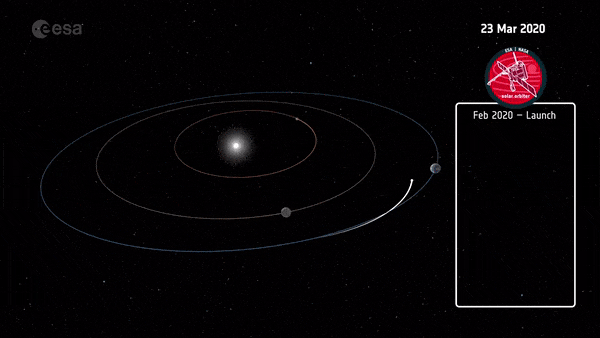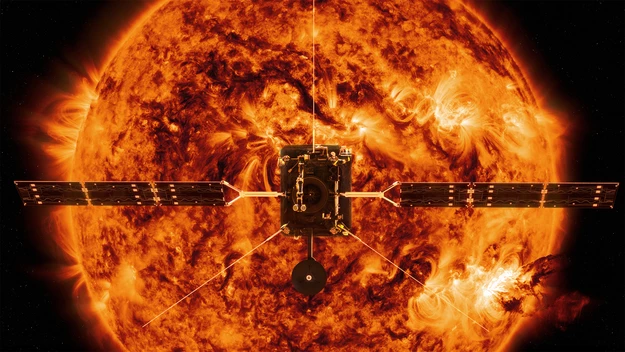A spacecraft built to study the Sun in entirely new ways has set sail for the center of the Solar System, with NASA and the ESA confirming the successful launch of their joint Solar Orbiter mission. All going to plan, the probe will be the first to study the Sun's north and south poles, offering a new perspective on our star and the solar winds that it sends blowing out into space.
The Solar Orbiter probe lifted off from Cape Canaveral today atop an Atlas V 411 rocket, bound for a loopy journey toward the Sun that involves a string of gravity-assist maneuvers courtesy of the Earth and Venus. Expected to enter orbit around the Sun within two years, the probe will take up a highly elliptical orbit that will enable it to study the Sun in ways that no spacecraft has before.
Rather than orbiting in a flat plane as the surrounding planets do, the Solar Orbiter will use Venus' gravity to raise its orbit over time and observe the Sun at higher and higher latitudes. During the nominal mission of seven years, this will see it reach a latitude of 25 degrees, where it will collect images and data of the Sun's polar regions that have never been gathered before. A mission extension could see it go as high as 34 degrees.

Onboard is a heat shield and 10 instruments in total, including energy particle detectors, magnetometers, a solar wind plasma analyzer, an X-ray spectrometer/telescope, a spectral imaging device and a heliospheric imager. The probe will use these tools to investigate how the Sun generates its heliosphere, the giant bubble that extends to the edges of the Solar System that consists of the solar winds that it emits.
NASA's Solar Parker Probe is also on a mission to investigate the source of these solar winds, but will do so with a particular focus on the Sun's corona, or atmosphere, and how it accelerates and pushes them along. The Solar Orbiter's primary scientific activity will take place during its close-encounters with the Sun, where it will fly as close as 42 million km (26 million mi), and at its higher orbits.
This activity will include measurements of the solar wind, the Sun's heliospheric magnetic field, the solar energetic particles, transient interplanetary disturbances and its magnetic field. It is hoped the unprecedented views of the polar regions will further our understanding of the solar dynamo, a physical process that gives rise to the Sun's magnetic field.

The close approaches, which will take place every five months, will see the Solar Orbiter park itself over roughly the same region of the solar atmosphere for several days as the Sun rotates. By hovering over the Sun in this way, it is hoped the Solar Orbiter will be able to see magnetic activity build up in the atmosphere and give rise to powerful eruptions.
Now in space and having successfully deployed its solar array, the Solar Orbiter is set to enter cruise mode, where it will remain until November 2021. The first of its close solar passes is expected to take place at the end of May 2022.




